Since 1982, three RB.199 demonstrator
programmes, fully funded by the
participating governments, have been
under way in the UK and West Germany.
Each gives the engine around 20 per cent
more thrust, and reduces reheat fuel burn.
Demo 1A is a Rolls-Royce-only
programme which enables testing of
features such as brush seals, powder
metallurgy discs, and single crystal high pressure
turbine blades. The engine also
incorporates the extended jet pipe of the
Mk 104. This led to the XG-20, also a
UK Ministry of Defence Rolls-Royce
programme, under Turbo-Union management,
which aims to demonstrate
performance improvements through
changes to the low-pressure compressor
and high-pressure turbine. XG-20 is also
fitted with the extended jet pipe, and
features digital engine control. The engine
ran for the first time at Rolls-Royce in
November 1984. The third demonstrator
engine, called Demo 20, ran at MTU in
April 1985. This has the short Mk 103-type
jet pipe and a West German Fadec developed
by MTU and BGT.
The improvements resulting from these
programmes will be fed into the national
engines to give higher thrust or longer life.
They will also result in an "Enhanced
RB.199", which could be available in
January 1989. This might become part of
a Tornado mid-life update programme,
and would also be appropriate as the
interim engine for the European Fighter
Aircraft. The RB.199 is currently in
competition with the General Electric
F404 to power India's light combat
aircraft and Japan's FSX.

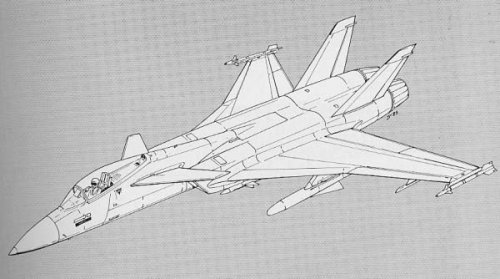
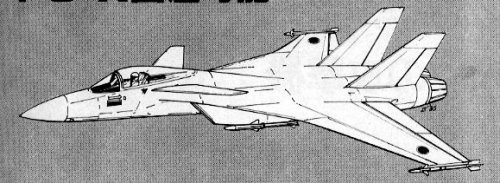
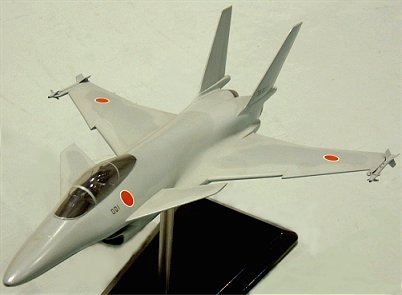
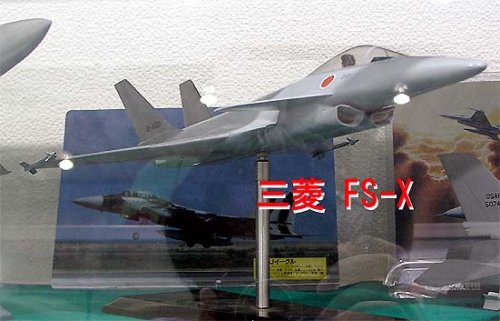
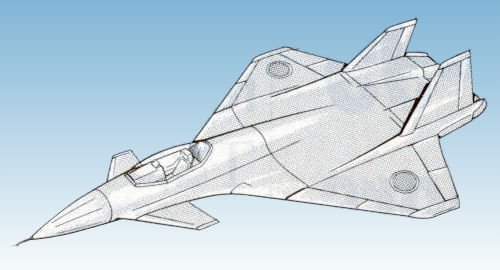
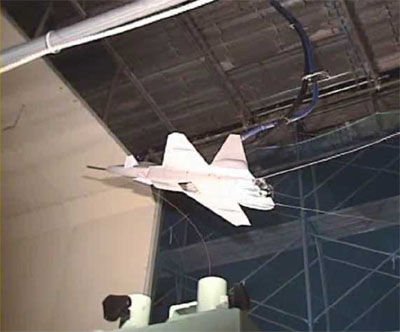
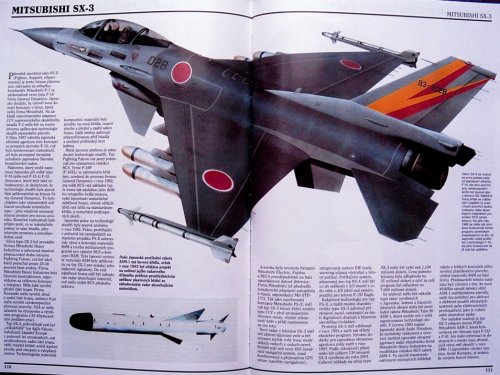

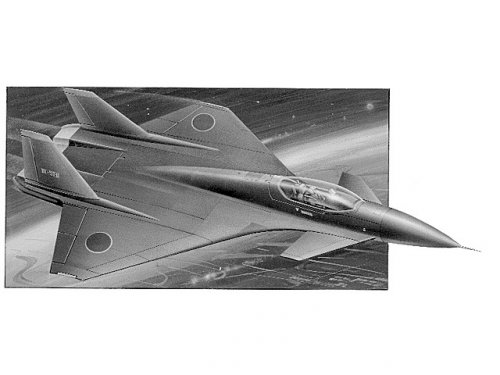
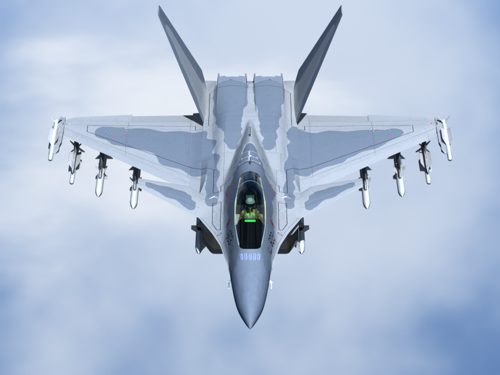
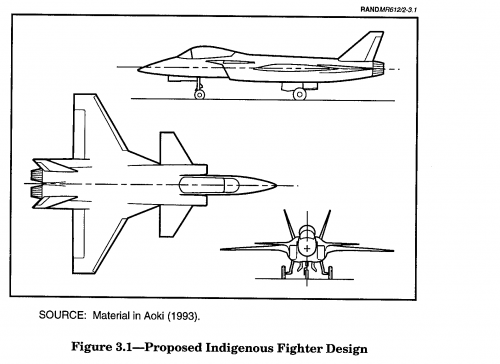
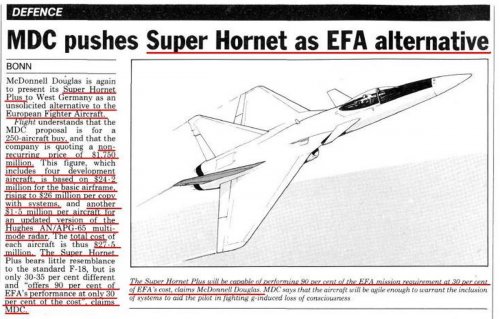
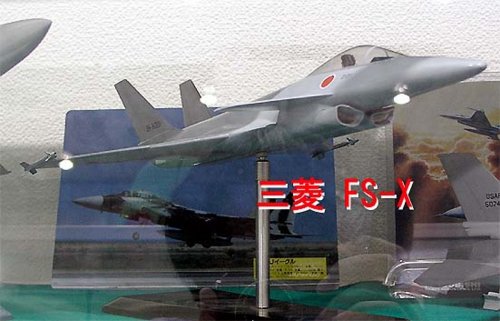
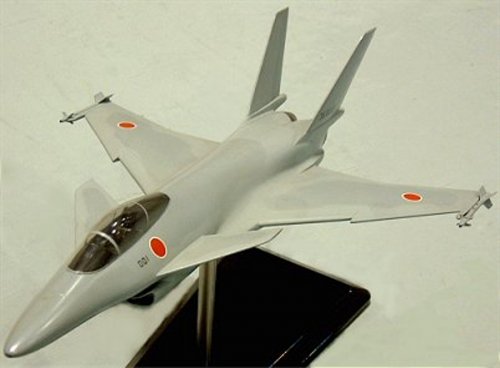
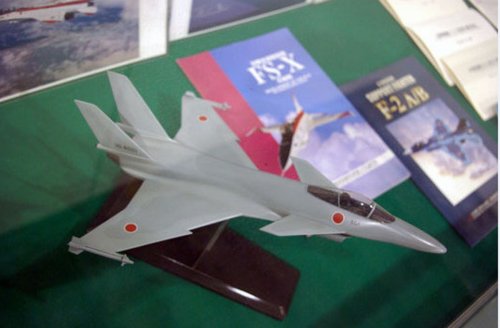
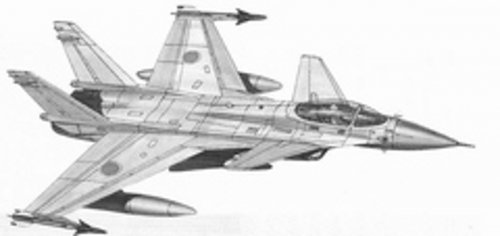
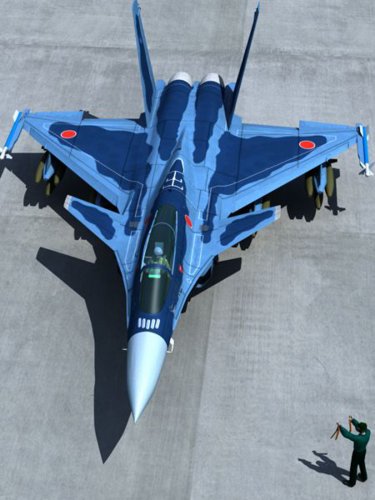
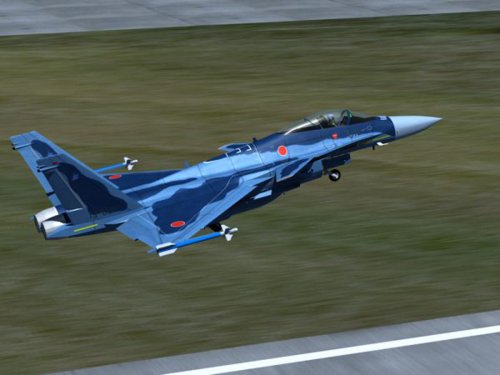
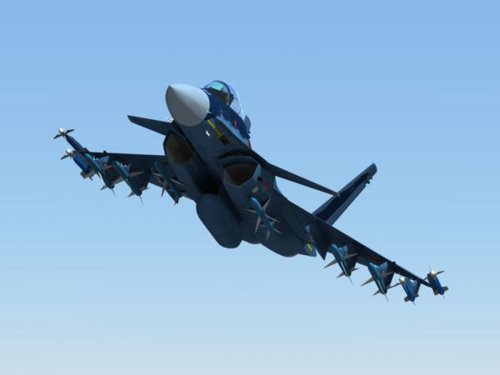
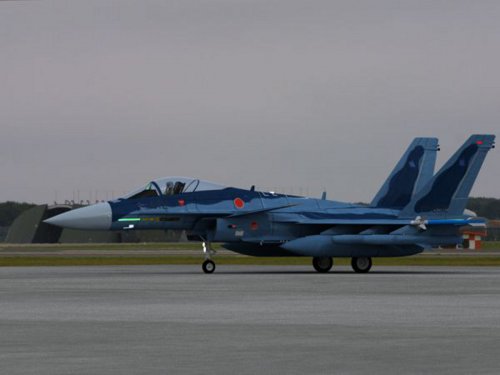
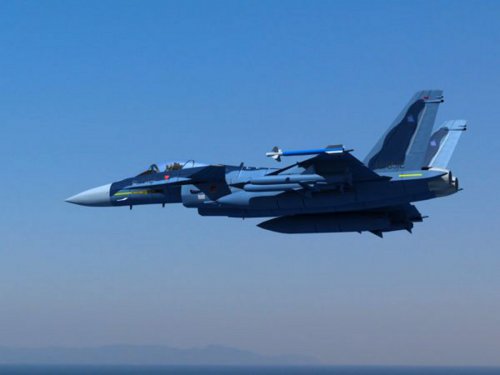
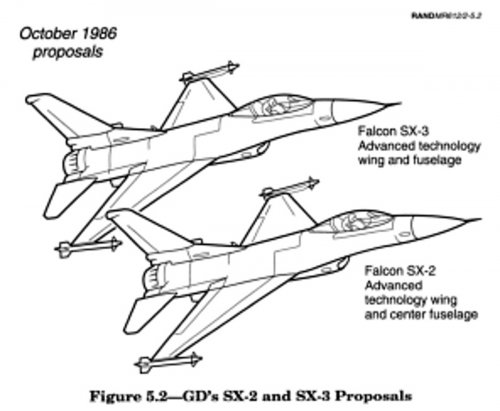
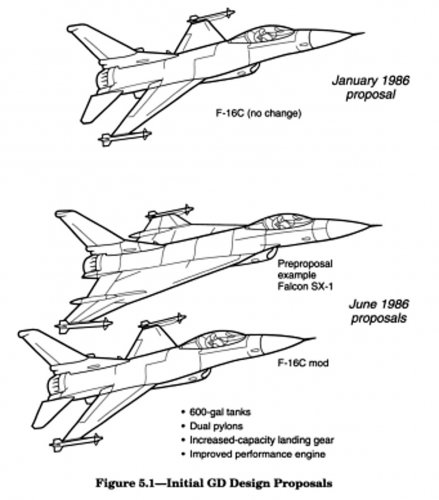
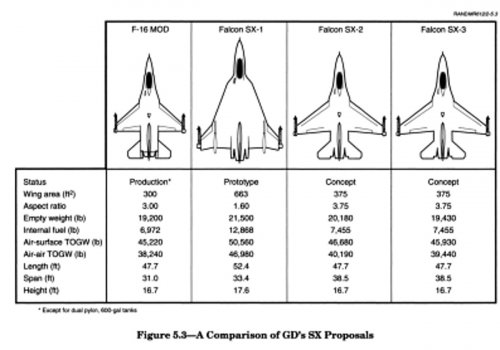


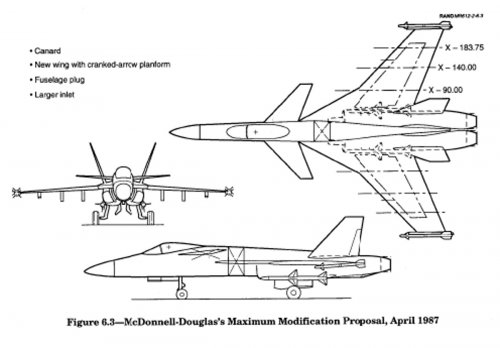

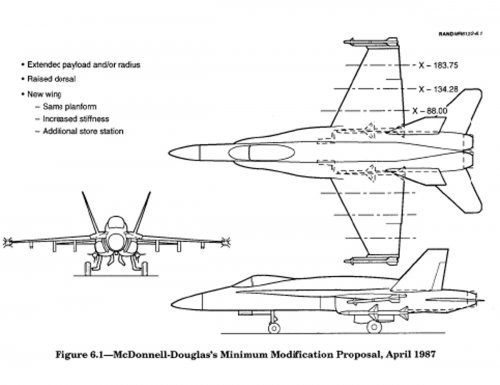
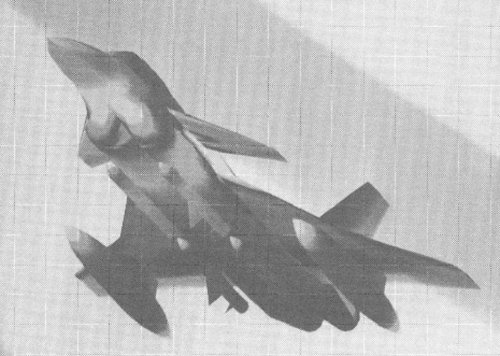
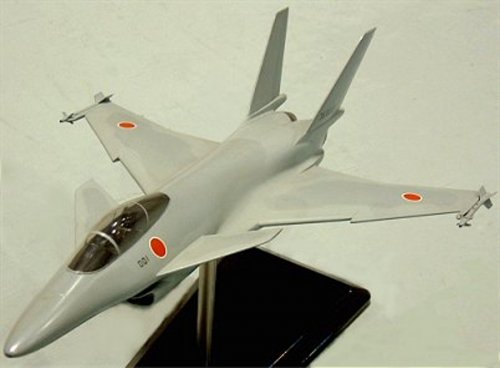
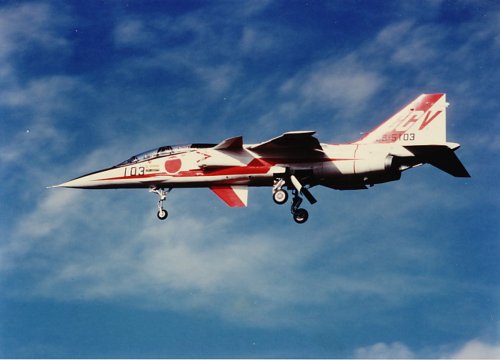
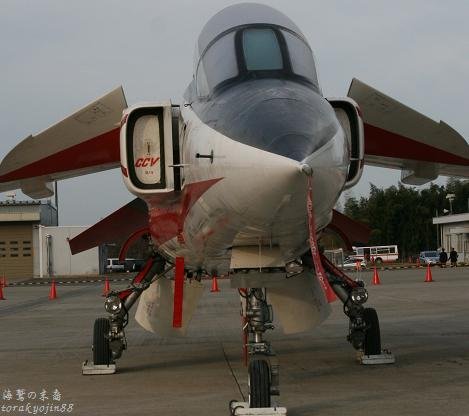

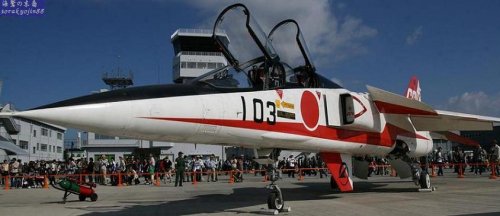
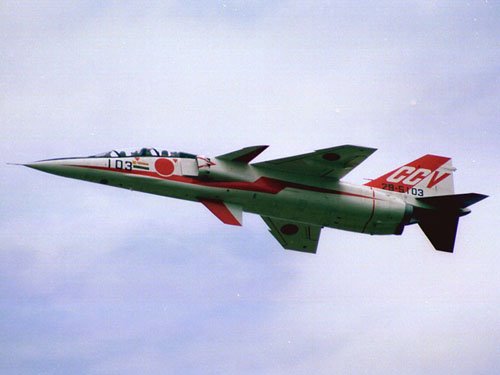
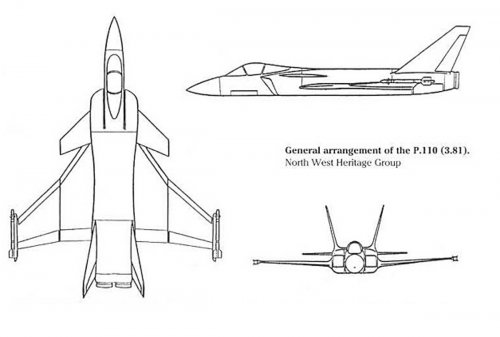


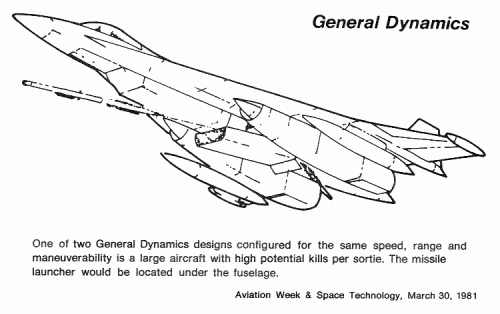
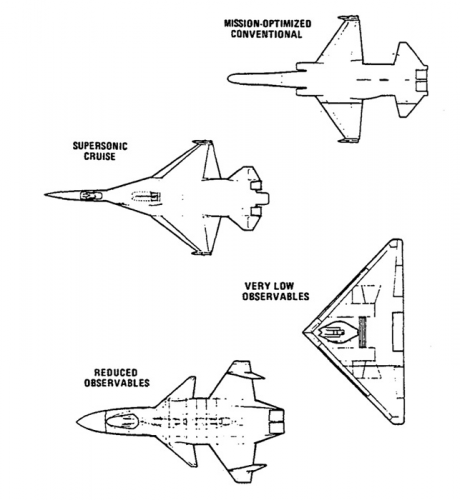
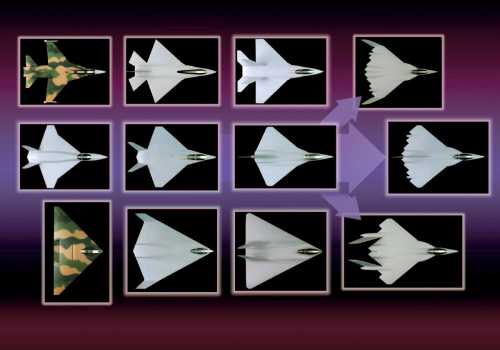
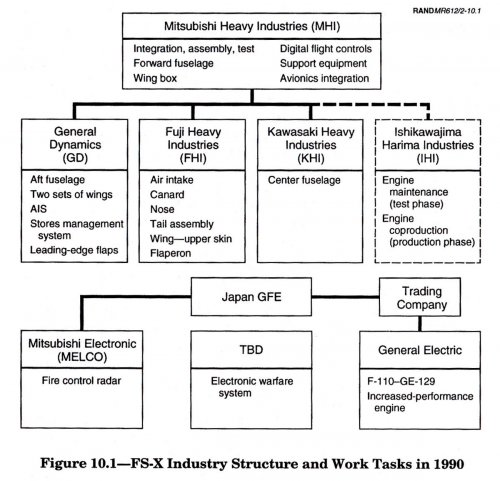
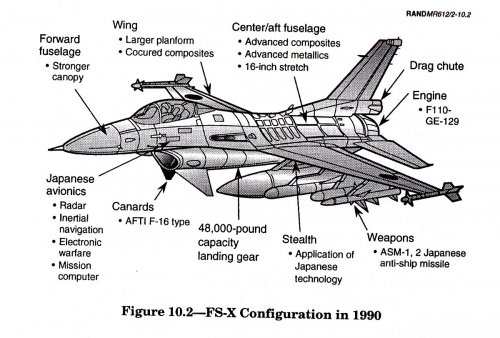
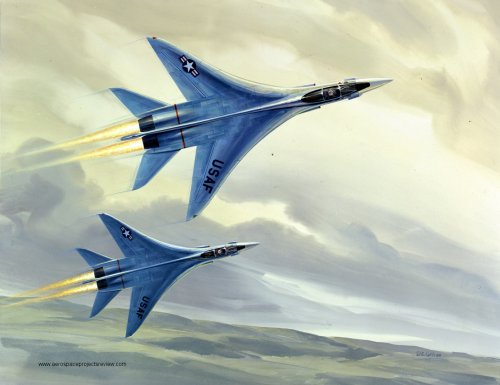
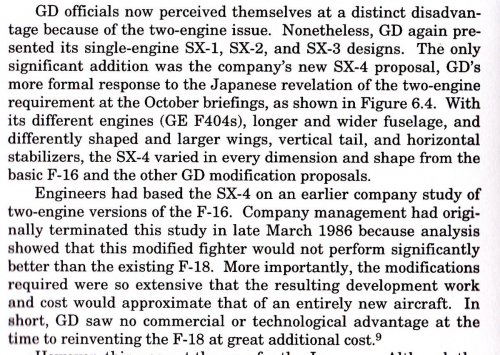
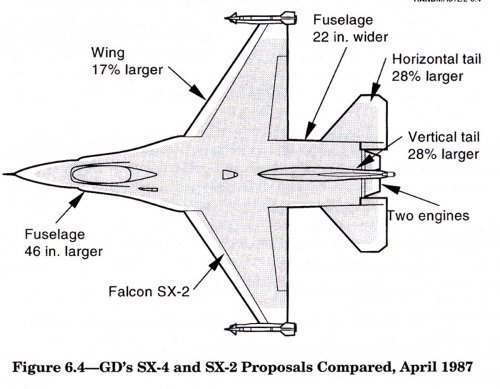
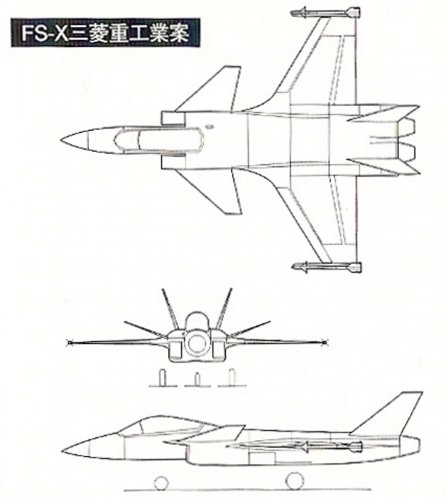
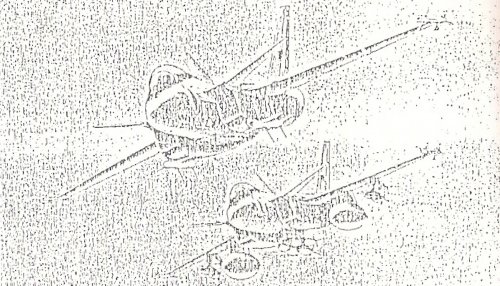
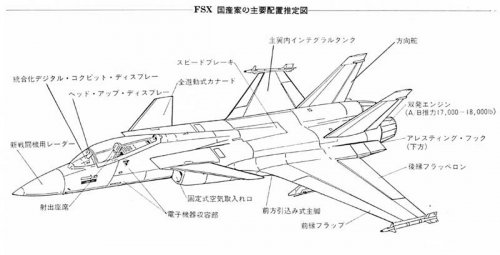
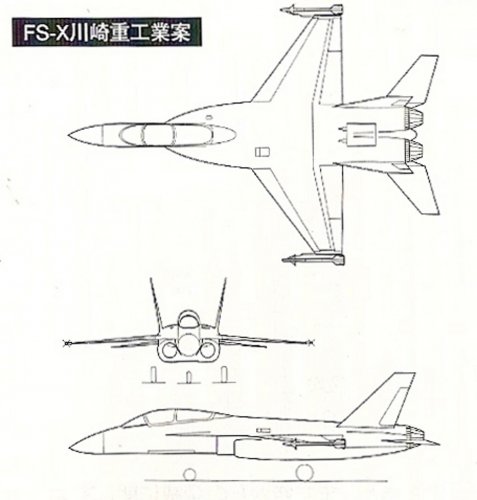

![Military Aircraft of JASDF F-2[1].jpg](/data/attachments/79/79795-4aa25dbb1fd9e2478836f2711c54685a.jpg)